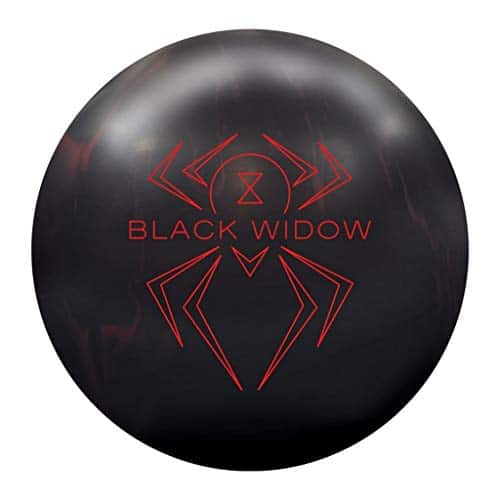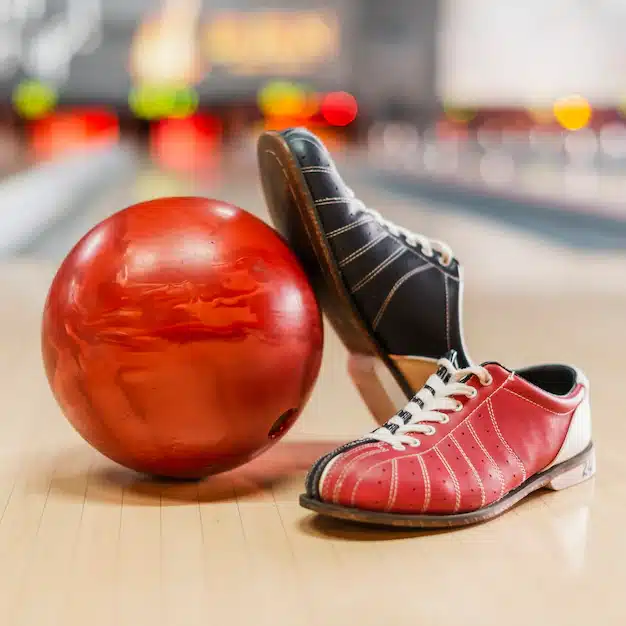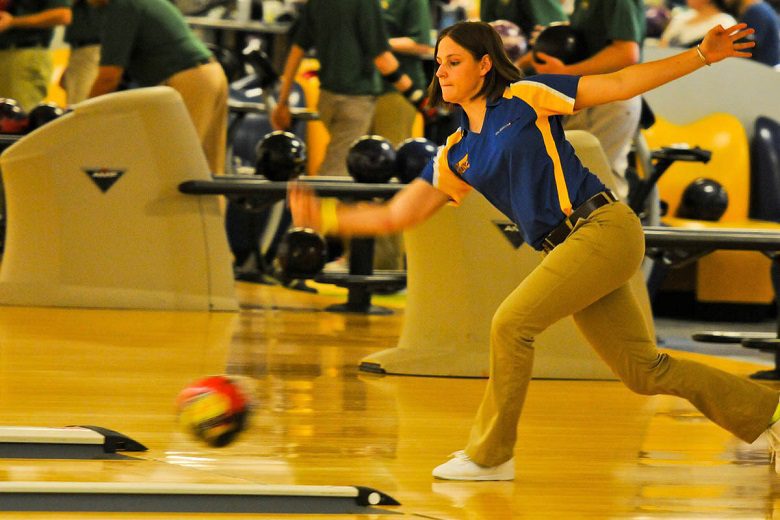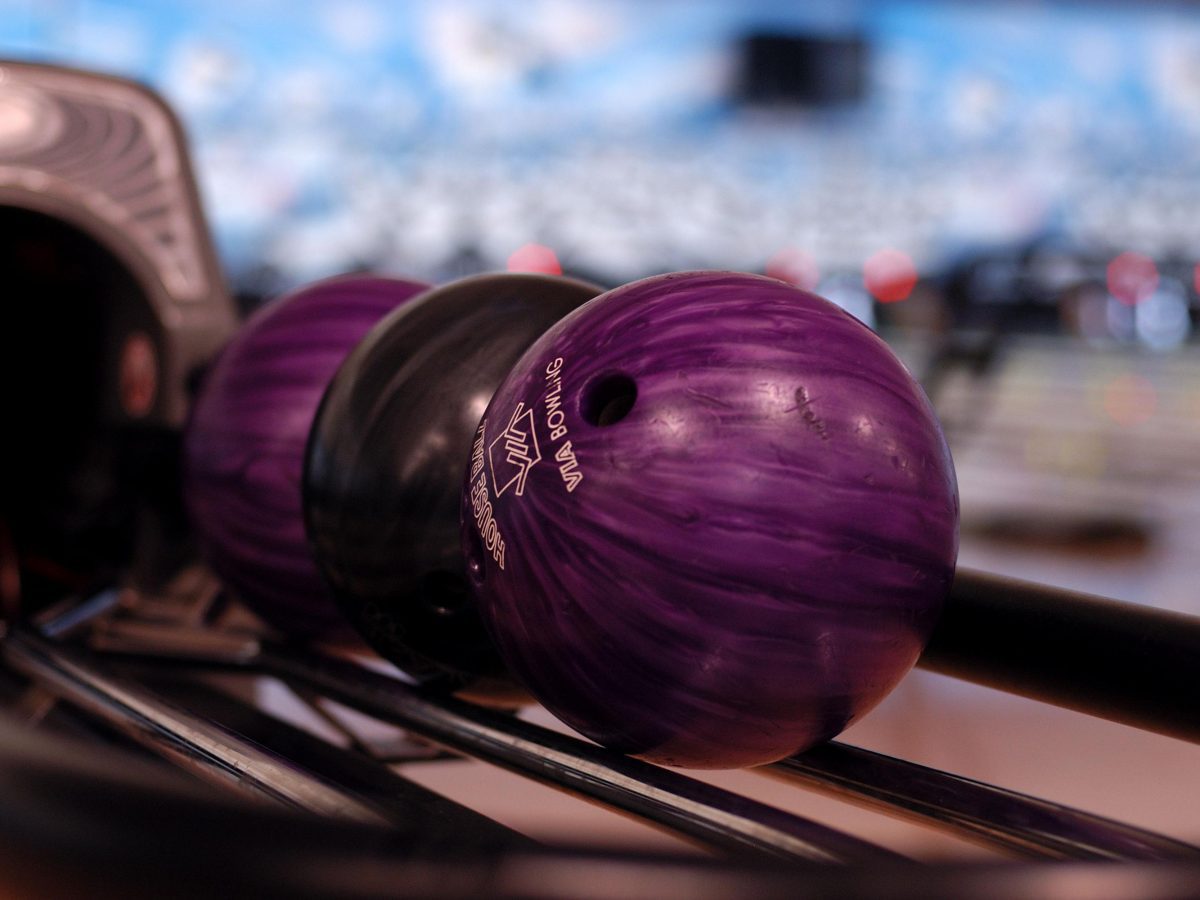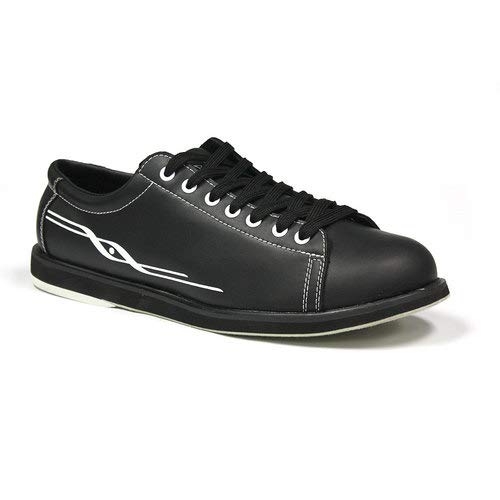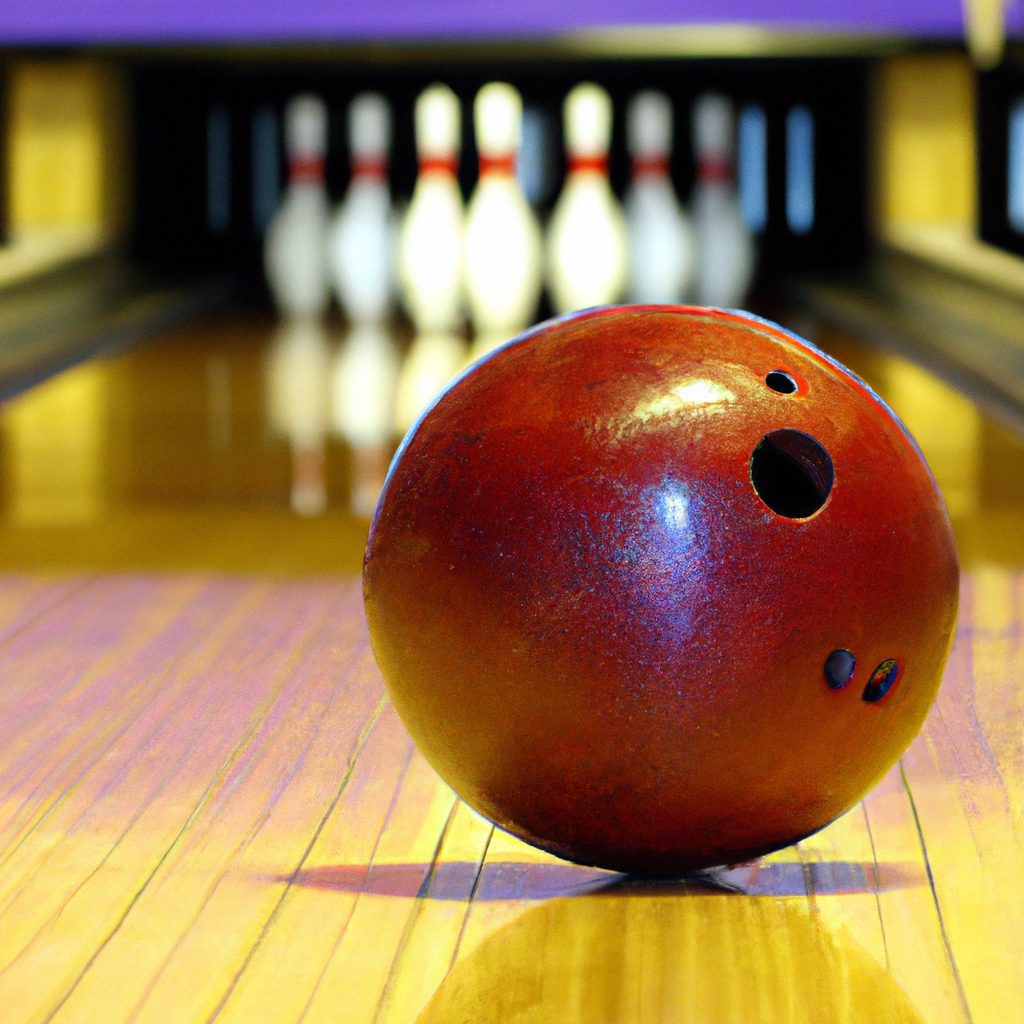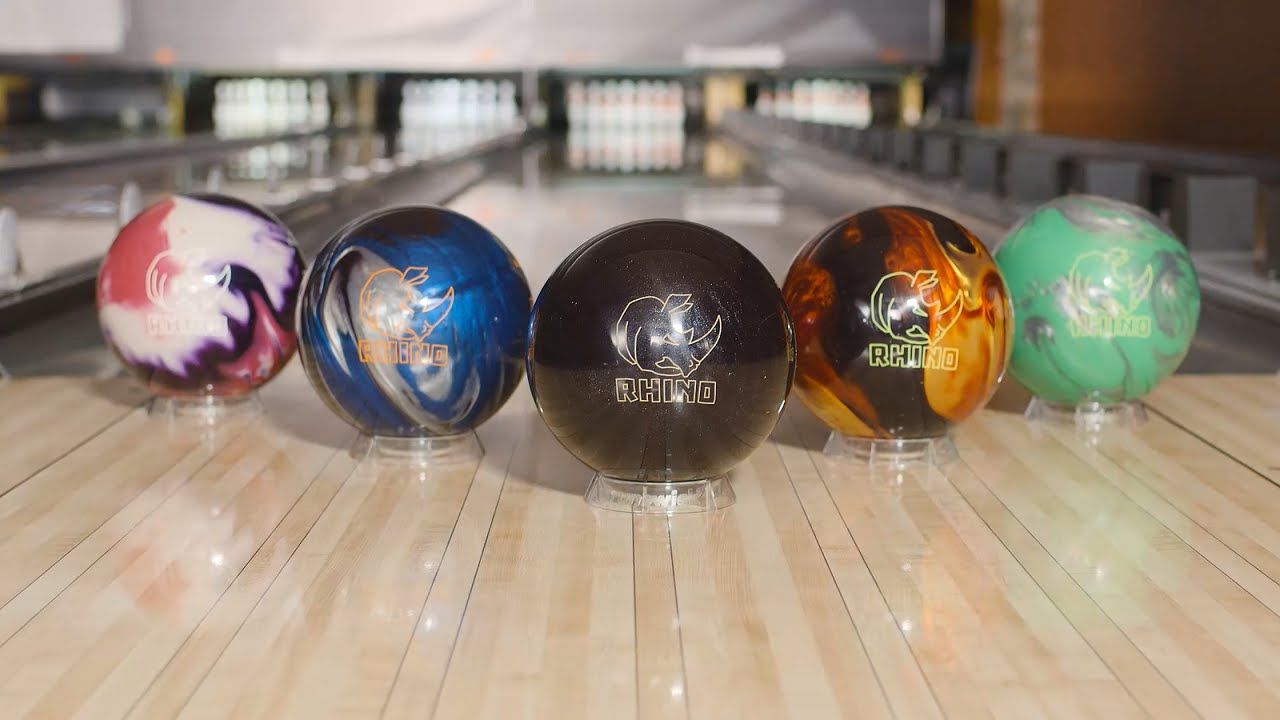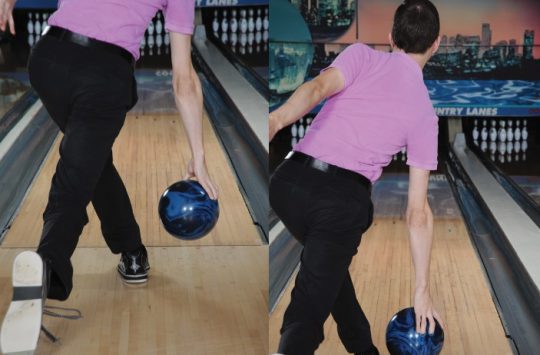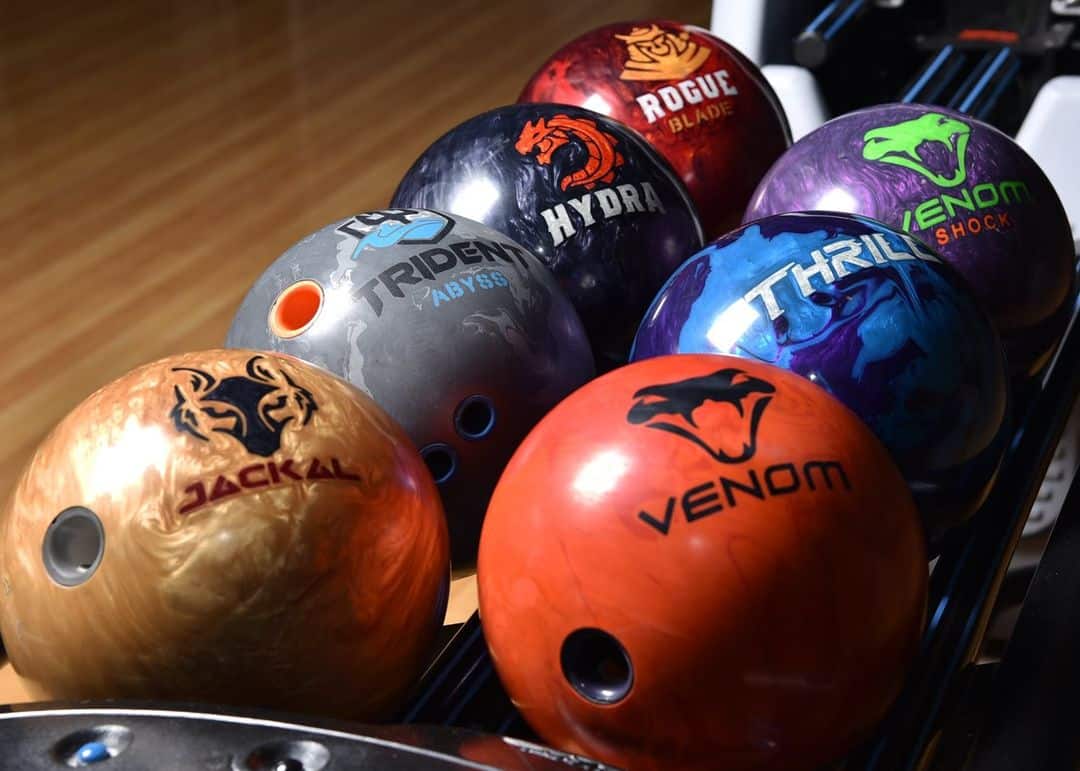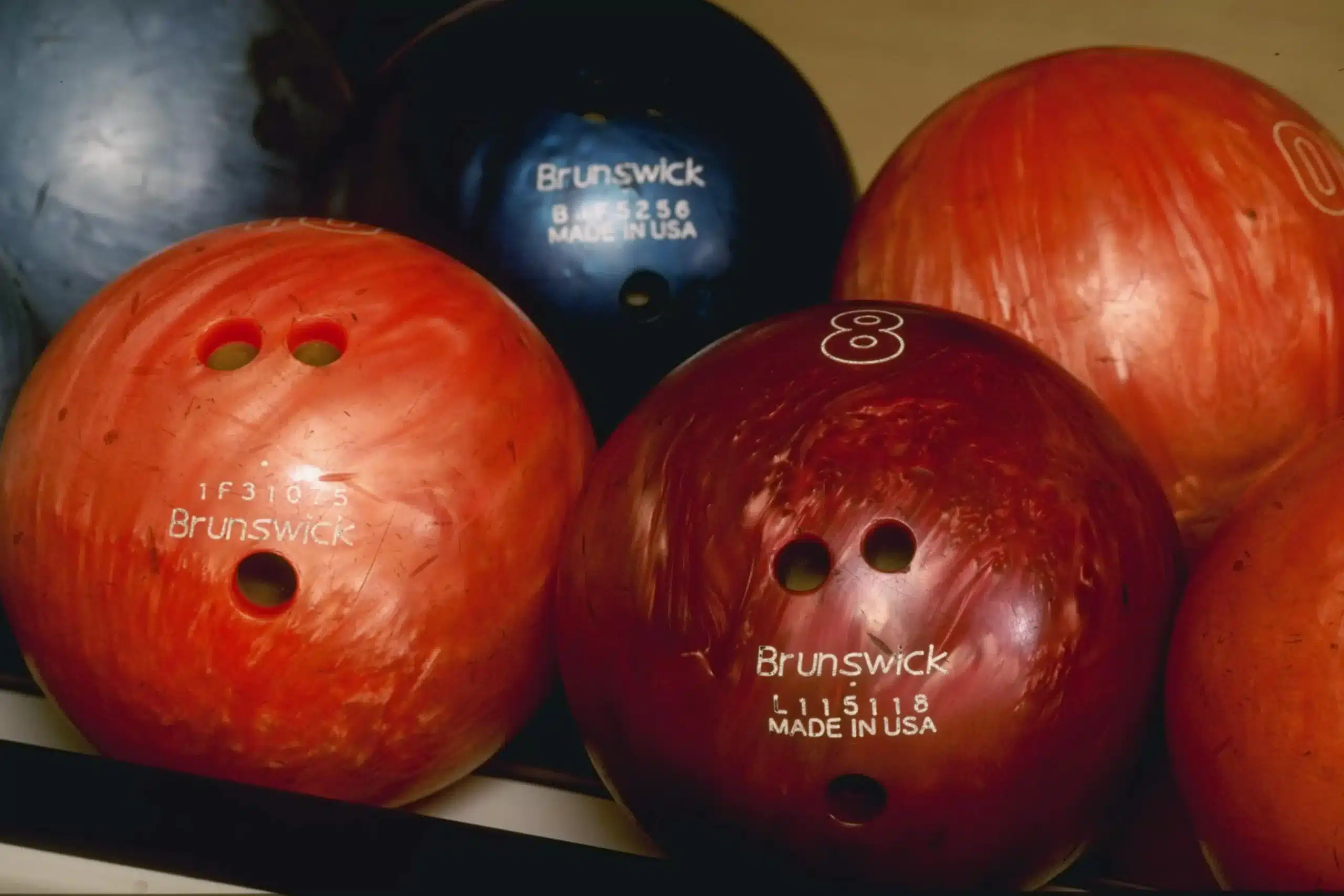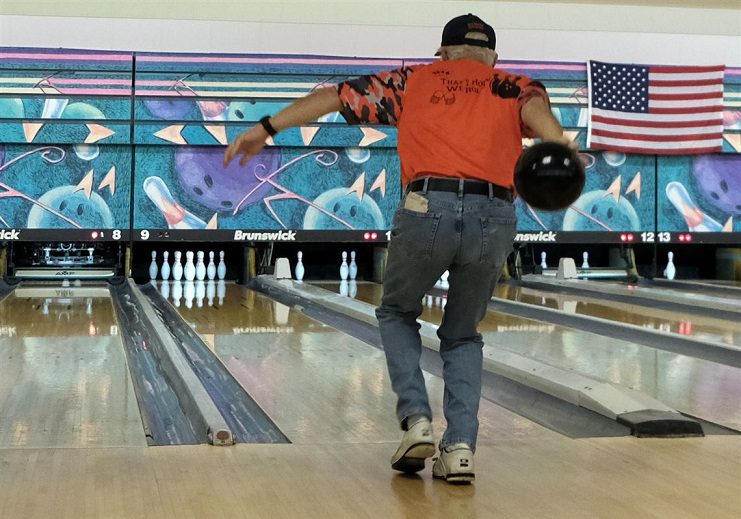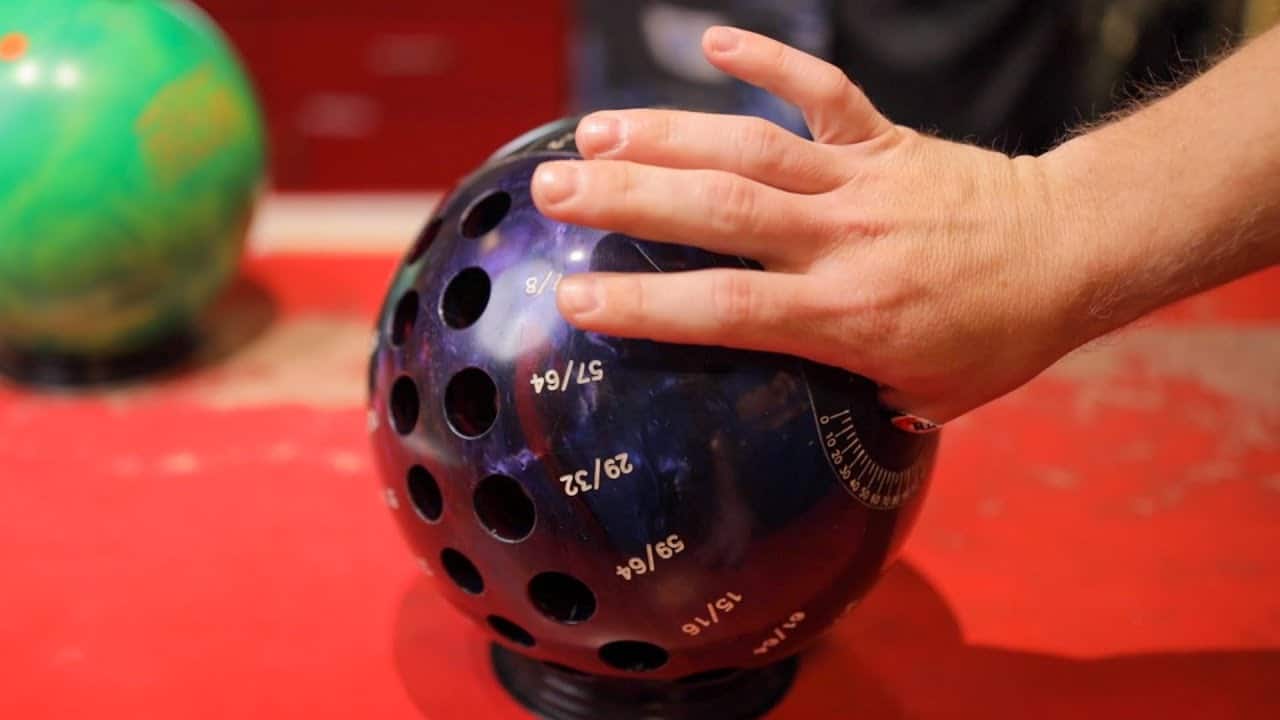When it comes to the game of bowling, it’s hard not to be mesmerized by the smooth arc of the ball as it glides down the lane and knocks down the pins with precision. But have you ever wondered if pro bowlers have a secret weapon up their sleeves? Well, we’re about to shed some light on the topic. In this article, we will explore the age-old question: Do pro bowlers use wrist support? Get ready to unravel the mysteries behind the wrist support phenomenon and discover if it truly plays a role in the success of these bowling champions. So, let’s get rolling!
Review contents
Reasons for using wrist support
To provide stability and control
One of the primary reasons why bowlers use wrist support is to achieve stability and control during their throws. By wearing wrist support, bowlers can keep their wrists in a more secure and aligned position, allowing them to have better control over the release of the bowling ball. This stability helps prevent the wrist from collapsing or rotating too much, ensuring a more consistent and accurate throw.
To prevent injuries
Another key reason for using wrist support is to prevent injuries. The repetitive motion of bowling can put a lot of strain on the wrist, leading to potential injuries such as sprains or strains. Wrist support provides an extra layer of protection by limiting excessive movement and providing added support to the joints and muscles of the wrist. This can greatly reduce the risk of injury and allow bowlers to continue playing without discomfort or pain.
To enhance accuracy and consistency
Using wrist support can have a significant impact on the accuracy and consistency of a bowler’s throws. By providing stability and control, wrist support helps bowlers maintain a consistent wrist position throughout their throws. This consistent positioning allows for a more predictable release, resulting in improved accuracy and a higher chance of hitting the desired target. Wrist support can also enhance the bowler’s overall consistency, as it helps reduce variations in wrist movement that can affect the trajectory and spin of the bowling ball.
Types of wrist support
Wrist braces
Wrist braces are one of the most common types of wrist support used by bowlers. These braces are usually made of a sturdy material such as neoprene and are designed to wrap around the wrist, providing support and stability. Wrist braces often have adjustable straps to ensure a snug fit and can be worn during bowling to help maintain proper wrist alignment and minimize strain.
Wrist wraps
Wrist wraps are another popular choice for bowlers seeking wrist support. These wraps usually consist of a cloth or elastic material that can be secured around the wrist with Velcro or a hook-and-loop closure. Wrist wraps offer a balance of support and flexibility, allowing bowlers to maintain a comfortable wrist position while still providing stability during the bowling motion.
Gloves with wrist support
Some bowlers prefer to use gloves that come with built-in wrist support. These gloves typically have a wrist strap or additional padding around the wrist area to provide extra stability and control. Gloves with wrist support offer the advantage of combining hand and wrist support in a single product, eliminating the need for separate wrist support accessories.
Thumb savers
While not specifically designed for wrist support, thumb savers can indirectly contribute to wrist stability. Thumb savers are small devices that fit over the thumb hole of the bowling ball, providing a smoother release and reducing friction between the thumb and the hole. By allowing the thumb to exit the ball more easily, thumb savers can help prevent the wrist from twisting or rotating excessively during the release, thereby promoting better wrist alignment and reducing strain.
Benefits of wrist support
Improved wrist alignment
One of the key benefits of using wrist support is the improvement in wrist alignment. Wrist support helps keep the wrist in a neutral position, preventing it from collapsing or bending too far back during the bowling motion. This proper alignment allows for a more consistent release and reduces the risk of strain or injury.
Reduced strain and fatigue
Wrist support can significantly reduce strain and fatigue on the wrist and forearm muscles. By providing stability and support, wrist support helps distribute the force exerted during the bowling motion more evenly, reducing the strain on specific muscles and tendons. This can be particularly beneficial for bowlers who bowl frequently or for extended periods, as it helps prevent overuse injuries and allows for longer and more comfortable play.
Better ball release
Using wrist support can greatly improve the quality of the ball release. By maintaining proper wrist alignment, bowlers can achieve a cleaner and more efficient release, resulting in better ball motion and increased pin carry. The stability provided by wrist support allows bowlers to focus on their release technique and maximize their chances of achieving the desired ball reaction.
Enhanced power
Wrist support can also contribute to enhanced power in a bowler’s throw. By keeping the wrist in a stable position throughout the throwing motion, bowlers can generate more consistent and controlled power from their arm and shoulder muscles. This increased power translates into higher ball speed and greater pin impact, giving bowlers an advantage in knocking down pins and achieving higher scores.
Pro bowlers’ use of wrist support
Varies from bowler to bowler
The use of wrist support varies from bowler to bowler among the professional ranks. While some pro bowlers rely heavily on wrist support, others choose not to use it at all. The decision to use wrist support is often based on individual preferences, playing style, and previous experiences. Some pro bowlers may find that wrist support enhances their performance, while others may feel more comfortable and achieve optimal results without it.
Depends on personal preference
Personal preference plays a significant role in the use of wrist support among pro bowlers. Some bowlers prefer the added stability and control that wrist support provides, as it can help them achieve a consistent and repeatable release. On the other hand, some bowlers feel more natural and comfortable without wrist support, relying on their own wrist flexibility and strength to deliver the ball. Ultimately, the decision to use wrist support is up to the individual bowler and what they feel works best for their game.
May change over time
A pro bowler’s use of wrist support is not set in stone and may change over time. As bowlers continue to develop their skills, techniques, and physical abilities, their preference for wrist support may evolve. Some bowlers may start using wrist support as they progress in their career, while others may gradually phase it out as they gain more experience and confidence in their bowling abilities. It is essential for pro bowlers to remain open-minded and responsive to their changing needs and preferences.
Influenced by playing style
The style of play also influences a pro bowler’s decision to use wrist support. Different playing styles require different levels of wrist stability and control. Bowlers who employ a high-rev or spin-heavy technique often benefit from wrist support, as it helps them maintain a consistent release and control the amount and timing of spin on the ball. On the other hand, bowlers with a straighter or more conventional style may rely less on wrist support and focus more on accuracy and pin carry.
Bowler’s technique and wrist support
Matching the support to the technique
Finding the right type of wrist support that complements a bowler’s technique is crucial for optimal performance. Each bowler has a unique bowling style and release technique, and the choice of wrist support should align with these individual characteristics. For bowlers who generate a significant amount of revs, wrist braces or wraps that provide maximum stability and control may be more suitable. Bowlers with a more traditional style may prefer wrist wraps or gloves that offer a balance of stability and flexibility.
Understanding wrist positioning
Understanding proper wrist positioning is essential when using wrist support. Bowlers should ensure that their wrist remains in a neutral or slightly cupped position throughout the bowling motion. This position allows for a consistent and smooth release while reducing the risk of strain or injury. Wrist support can help reinforce and maintain this optimal wrist position, making it easier for bowlers to achieve a reliable and effective release.
Effect on hook potential
Wrist support can have a significant impact on a bowler’s hook potential. For bowlers who rely on a hook or curve shot, wrist support can help enhance their ability to generate revs on the ball and achieve a sharper hook angle. By providing stability and control, wrist support allows bowlers to focus on their release technique and maximize the rotation and spin they can impart on the ball. However, excessive reliance on wrist support can also limit the natural flexibility and adaptability of the wrist, potentially reducing hook potential.
Adapting to different lane conditions
Wrist support can aid bowlers in adapting to different lane conditions. Bowling lanes vary in oil patterns, friction levels, and lane surfaces, and these factors can significantly affect a bowler’s game. Wrist support can help bowlers maintain a consistent release and control over the ball, even when faced with challenging lane conditions. By providing stability, wrist support allows bowlers to make minute adjustments in their technique and achieve the desired ball reaction, regardless of the condition of the lanes.
Famous pro bowlers who use wrist support
Jason Belmonte
Jason Belmonte, one of the most successful and innovative bowlers in recent times, is known for using wrist support. Belmonte uses a two-handed technique that relies heavily on generating tremendous revs on the ball. To maintain stability and control while releasing the ball with both hands, he often wears wrist support in the form of wraps or braces. This wrist support helps him achieve the power and accuracy required for his unique style of play.
Pete Weber
Pete Weber, a legendary figure in professional bowling, has also utilized wrist support throughout his career. Weber is known for his powerful release and ability to generate significant revs on the ball. Wrist support has been instrumental in his success, allowing him to maintain control and consistency while maximizing his hook potential. Weber’s use of wrist support has contributed to his numerous titles and his status as one of the all-time greats in the sport.
Walter Ray Williams Jr.
Walter Ray Williams Jr., another prominent name in professional bowling, has found wrist support to be beneficial for his game. Williams is known for his accuracy and ability to consistently hit targets with precision. Wrist support helps him maintain proper wrist alignment and control, allowing him to deliver the ball accurately and reduce the risk of injury. Williams’ use of wrist support has been instrumental in his long and successful career, which includes multiple Major Championship wins.
Norm Duke
Norm Duke, a highly accomplished professional bowler, has incorporated wrist support into his game as well. Duke is renowned for his precise and versatile shot-making ability, which relies heavily on a consistent and repeatable release. Wrist support allows him to maintain the necessary stability and control during his throws, producing accurate shots with maximum pin carry. Duke’s use of wrist support has played a significant role in his consistent performance and numerous tournament victories.
Challenges of using wrist support
Finding the right fit
One of the challenges of using wrist support is finding the right fit. Proper fit is crucial for effective wrist support, as loose or ill-fitting support can hinder performance and potentially cause discomfort. Bowlers need to experiment with different wrist support options and ensure that they find a product that provides the right level of support and a comfortable fit for their wrist size and shape.
Comfort and flexibility
Wrist support can sometimes pose challenges in terms of comfort and flexibility. Some bowlers may find certain types of wrist support to be too restrictive or uncomfortable during the bowling motion. It is essential to strike a balance between support and flexibility to ensure that the wrist support does not impede the natural range of motion or hinder the bowler’s comfort level. Bowlers should choose wrist support options that offer the desired level of stability while still allowing for a comfortable and fluid throwing motion.
Dependency on support
An inherent challenge of using wrist support is the potential dependency it can create. Over time, bowlers who rely heavily on wrist support may become reliant on it, making it difficult to perform at the same level without it. This dependency can be problematic if the bowler’s wrist support is damaged or unavailable during competitions. Bowlers should be mindful of this and ensure they maintain a level of skill and technique that allows them to perform well regardless of wrist support availability.
Development of bad habits
Improper use or reliance on wrist support can lead to the development of bad habits. Bowlers may become overly dependent on the support, neglecting proper form and technique. This can hinder long-term skill development and limit a bowler’s potential for improvement. It is important for bowlers to use wrist support as a tool to enhance their game rather than as a crutch, focusing on developing proper technique and maintaining good fundamentals alongside the use of wrist support.
Alternatives to wrist support
Strengthening wrist and forearm muscles
One alternative to wrist support is to focus on strengthening the wrist and forearm muscles. By improving strength and flexibility in these areas, bowlers can naturally enhance their ability to maintain stability and control during the bowling motion. Exercises such as wrist curls, reverse curls, and grip strengtheners can help develop the necessary muscles to support the wrist and potentially reduce the need for external wrist support.
Improving grip technique
Another alternative is to assess and improve grip technique. Sometimes, the improper grip can cause excessive strain on the wrist, leading to instability and potential injuries. Bowlers should work with a coach or experienced bowler to ensure they have a proper grip that places minimal stress on the wrist and allows for a comfortable and effective release. By mastering their grip technique, bowlers can achieve better control and stability without relying solely on wrist support.
Using finger inserts
Finger inserts are small devices that can be added to the finger holes of the bowling ball to customize the fit. These inserts can help bowlers achieve a more secure grip on the ball, reducing the need for excessive wrist movement or support. By ensuring a comfortable and snug fit, finger inserts can contribute to a more stable and controlled release, reducing strain on the wrist and potentially eliminating the need for additional wrist support.
Adopting a different release style
In some cases, adopting a different release style can provide an alternative to wrist support. Bowlers who struggle to maintain stability or experience discomfort with a hook or curve shot may find success by transitioning to a straighter release. A straight release reduces the amount of wrist movement required, minimizing strain and potential instability. By adjusting their release style, bowlers can achieve a more comfortable and sustainable throwing motion without relying on external wrist support.
Advice from professionals
Seeking guidance from coaches
One of the best ways to navigate the world of wrist support is to seek guidance from knowledgeable coaches. Professional coaches can provide valuable insights and recommendations based on a bowler’s individual needs and goals. They can help assess technique, evaluate the need for wrist support, and suggest appropriate products or alternatives. Working with a coach ensures that bowlers receive personalized advice and support tailored to their specific game.
Experimenting with different support options
Bowlers should not be afraid to experiment with different wrist support options to find what works best for them. There is no one-size-fits-all solution, and what may work for one bowler may not be suitable for another. By trying out various wrist support products and understanding the different benefits and drawbacks of each, bowlers can make informed decisions and find the support that aligns with their individual playing style and preferences.
Balancing support and natural feel
It is essential for bowlers to strike a balance between the support provided by wrist support and the natural feel required for a comfortable and effective release. Bowlers should aim to find the point where wrist support enhances their game without hindering their natural range of motion or touch on the ball. Striving for this balance allows bowlers to optimize the advantages of wrist support while maintaining a personal and authentic connection to their throw.
Regular practice and training
No matter the level of support chosen, regular practice and training remain vital for success in bowling. Wrist support can certainly assist bowlers in achieving stability and control, but it is not a substitute for skill development and fine-tuning technique. Bowlers should continue to invest time in practice sessions, focusing on improving overall body mechanics, accuracy, and consistency. By incorporating wrist support as part of a broader training regimen, bowlers can maximize their potential and elevate their game.
Conclusion
The use of wrist support in bowling can provide numerous benefits, including stability, injury prevention, enhanced accuracy, and increased power. Different types of wrist support, such as braces, wraps, gloves, and thumb savers, offer bowlers the opportunity to find the level of support and flexibility that works best for their game. While the use of wrist support varies among pro bowlers and depends on individual preferences and playing styles, it can be a valuable tool for improving performance and achieving consistent results. Nonetheless, bowlers should approach wrist support with caution, ensuring they do not become overly dependent on it and compromising their long-term skill development. By seeking guidance from coaches, experimenting with different support options, and maintaining a balance between support and natural feel, bowlers can optimize the benefits of wrist support while continuing to hone their technique through regular practice and training.




![Spare bowling ball Top 10 in 2024. (reviews) Top 10 Best Spare Bowling Balls [2021 Reviewed]](http://landofbowling.com/wp-content/uploads/2021/07/Top-10-Best-Spare-Bowling-Balls-2021-Reviewed.jpg)






